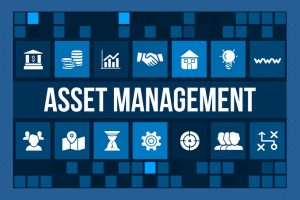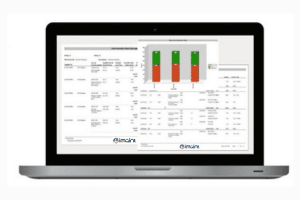An asset management strategy is a vital framework that helps organizations manage their assets efficiently. The Institute of Asset Management defines asset management as a “the process of balancing costs, opportunities, and risks to maximize the performance of assets in alignment with an organization’s goals. It allows organizations to assess the necessity and efficiency of assets at various levels and apply analytical techniques to manage assets throughout their entire lifecycle—from conception to disposal. The goal is often to minimize total asset costs, while considering factors like risk and business continuity in decision-making.” In simple terms, it’s a high-level plan that guides how an organization manages its assets.
Steps to Develop an Asset Management Strategy
Creating and implementing an asset management strategy involves six key steps:
- Review the Organization’s Structure
Understand how asset management fits into your organization’s structure and identify key stakeholders. - Conduct an Asset Management Self-Assessment
Assess your current asset management practices to identify strengths and areas for improvement. - Define Asset Management Policies and Goals
Clearly outline the policies and goals that your asset management strategy will aim to achieve. - Prepare and Implement an Action Plan
Develop a detailed action plan that outlines the steps necessary to achieve your asset management goals. - Review and Monitor Progress
Continuously review and track the progress of your strategy to ensure it’s effective and make adjustments as necessary. - Solicit Feedback from Stakeholders
Engage with stakeholders to gather feedback and ensure the strategy meets the organization’s evolving needs.
The Role of CMMS in Asset Management
Computerized Maintenance Management Software (CMMS) plays a crucial role in any asset management strategy. Without effective CMMS software, managing assets becomes nearly impossible due to the complexity involved. Here’s how CMMS can help:
- Reduced Labor Costs: CMMS maximizes staff efficiency by automating routine tasks and streamlining maintenance workflows.
- Minimized Downtime: CMMS ensures that parts and inventory are available ahead of scheduled maintenance, reducing downtime delays and equipment downtime.
- Enhanced Asset Tracking: CMMS provides a detailed history of each asset, allowing for better analysis and more accurate maintenance records.
Moving Beyond Simple Life Cycles
An effective asset management strategy goes beyond just scheduling maintenance based on an asset’s expected life cycle. Consider the following:
- Preventive Maintenance Requirements
Assess each asset’s maintenance needs and develop a preventative maintenance plan that addresses them. This plan can be programmed into your CMMS for automated scheduling. - Condition-Based Maintenance
Incorporate condition-based maintenance into your strategy. By monitoring the condition of your assets, you can adjust work orders in the CMMS based on real-time data, ensuring unexpected wear and tear is addressed. - Optimal Timing for Maintenance
Schedule maintenance during times that minimize disruption to production. This could involve planning around slower business days or seasonal patterns.
Why CMMS is Essential for Asset Management
Implementing an asset management strategy without CMMS software is nearly impossible due to the complexity of managing large amounts of data. CMMS helps organizations automate tasks, track asset performance, and optimize maintenance schedules. At DPSI, we offer CMMS solutions like iMaint, designed to maximize equipment uptime and streamline maintenance processes. Our professional services team can guide your organization through the transition and ensure a smooth implementation.
Contact us today for more information or schedule a CMMS demo to see how we can help improve your asset management strategy.





